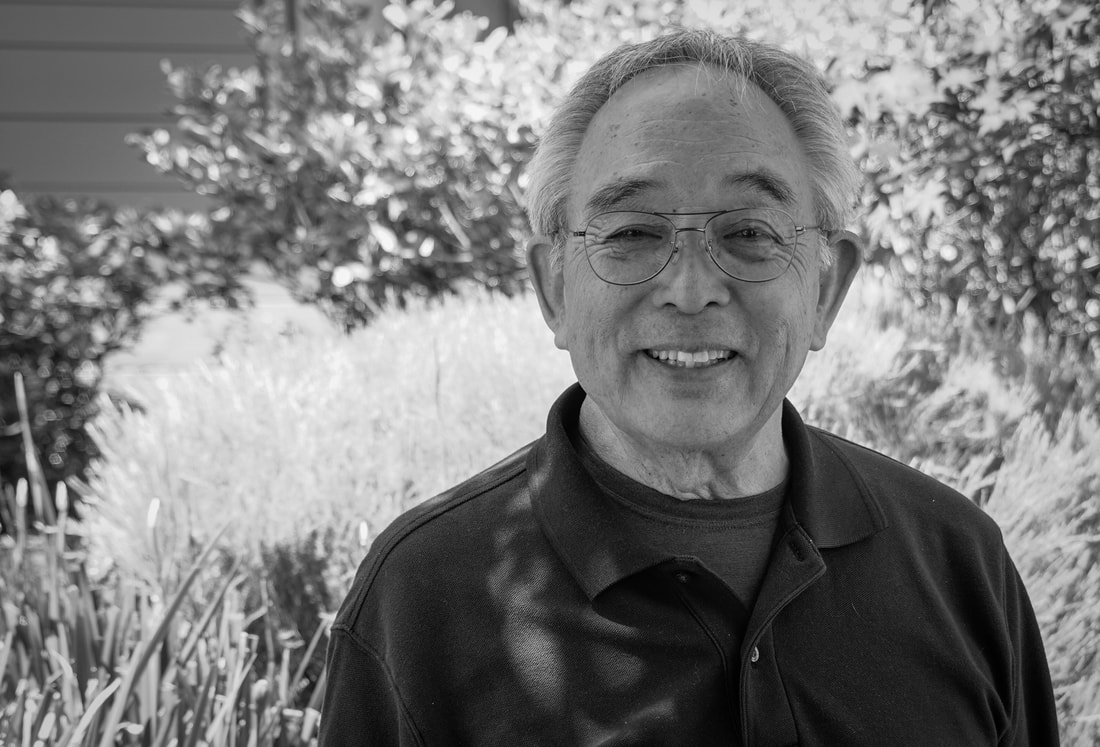About JohnJohn Tateishi, two and a half years old at the outbreak of WWII, was forced with his family from their home in Los Angeles and sent to the so-called Manzanar Relocation Center, one of ten American concentration camps in which Japanese Americans were incarcerated throughout WWII. At the war’s end, his family returned to Los Angeles, where they and Japanese Americans throughout the West Coast states began the long struggle to rebuild their lives and communities amid a climate of antagonism against them provoked by their wartime imprisonment and the belief that they had been guilty of betraying the country. In this climate, the adults endured while young Japanese Americans, like John, faced with similar hostilities as their parents, learned to deal with the racism and hatred directed at them and sought ways to assimilate as a way to gain acceptance. By his high school years, John was a typical Los Angeles teenager: he drove too fast, loved R&B, played sports, loved hamburgers and malts. But he never forgot the images from his childhood: Manzanar with its barbed wire fences and soldiers in guard towers. John studied English Literature at UC Berkeley and attended UC Davis for graduate studies. After completing a Masters degree program and anxious for travel, he and his wife Carol moved to London, England, where they both taught, and on academic holidays, donned backpacks and hitch-hiked through the Continent. Three years later, they returned to the Bay Area, where he took a teaching position in the English Department at City College of San Francisco, and in 1975, became involved with the redress program of the Japanese American Citizens League (JACL), the nation’s oldest and largest Asian American civil rights organization. In 1978, he was appointed chair of the JACL’s National Committee for Redress and guided the JACL through a controversial strategy that would ultimately unite a harshly divided community and serve as an effective educational tool that informed Americans across the country about the wartime treatment of Japanese Americans. He resigned his teaching tenure at City College in 1981 to devote himself fulltime to the redress campaign and served as the JACL’s principal redress lobbyist in Washington D.C. as the JACL’s Redress Director, a position he held until he left the campaign two years before its successful culmination with the enactment of the Civil Liberties Act of 1988. In 1999, he was asked to return to the JACL as its National Executive Director, and brought the JACL onto the national stage following the terrorist attacks on 9/11 when he called upon JACL chapters across the nation to support and protect Muslim and Arab communities against public backlash and spoke out publicly against the dangers of scapegoating the Arab and Muslim communities as the nation had done to Japanese Americans following the attack at Pearl Harbor. The JACL became an important national voice in challenging the Bush administration’s post-9/11 policies that undermined the civil liberties of Americans. John and Carol live in the San Francisco Bay Area and have a grown son and daughter. |
